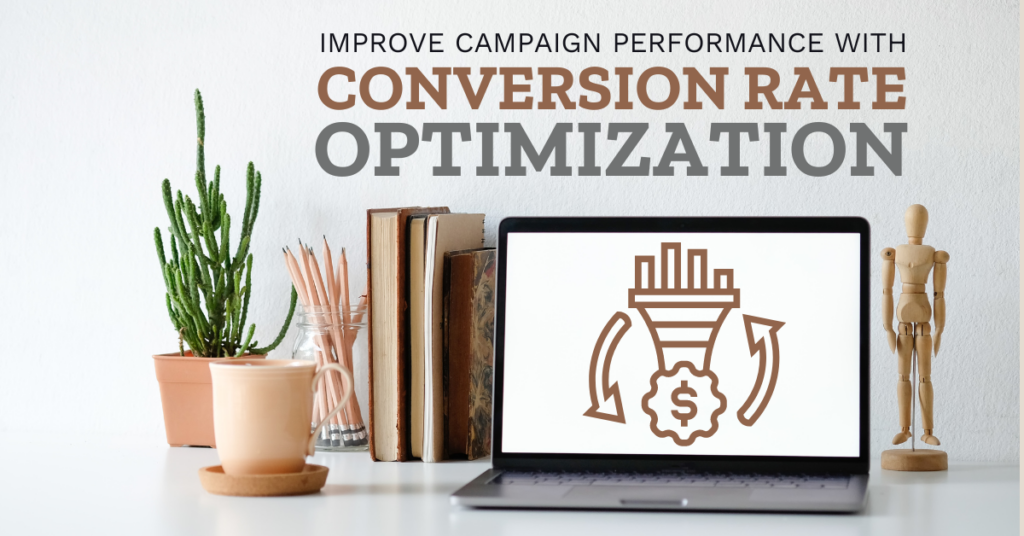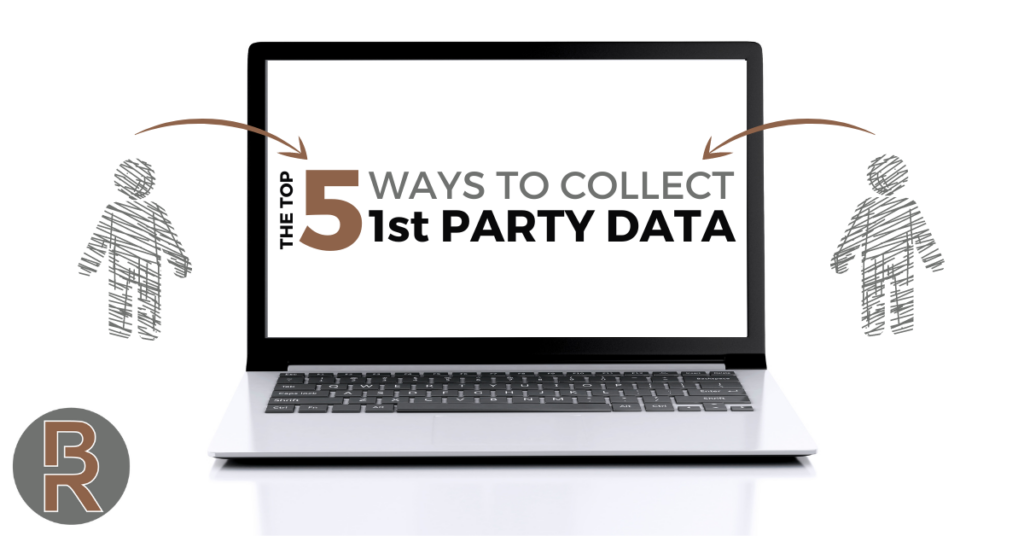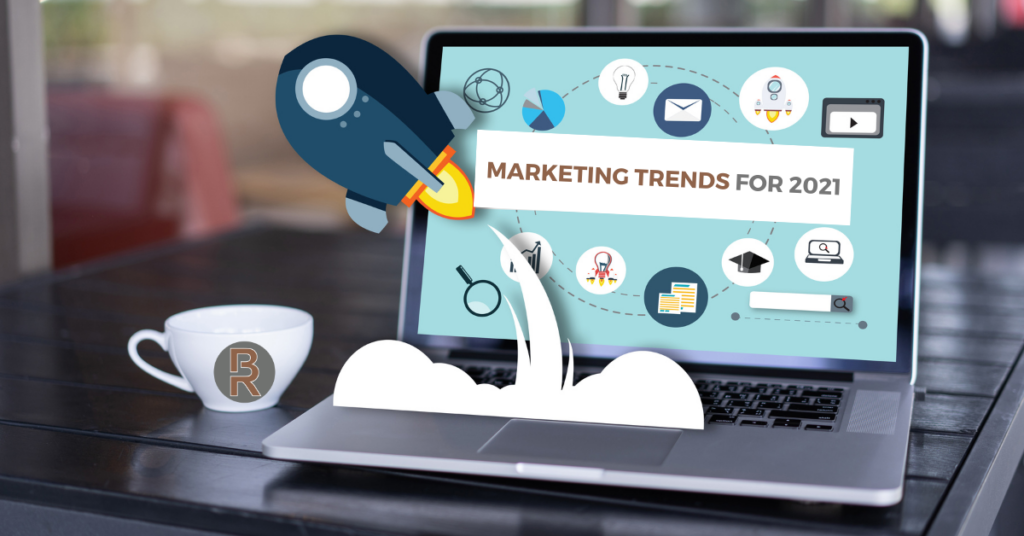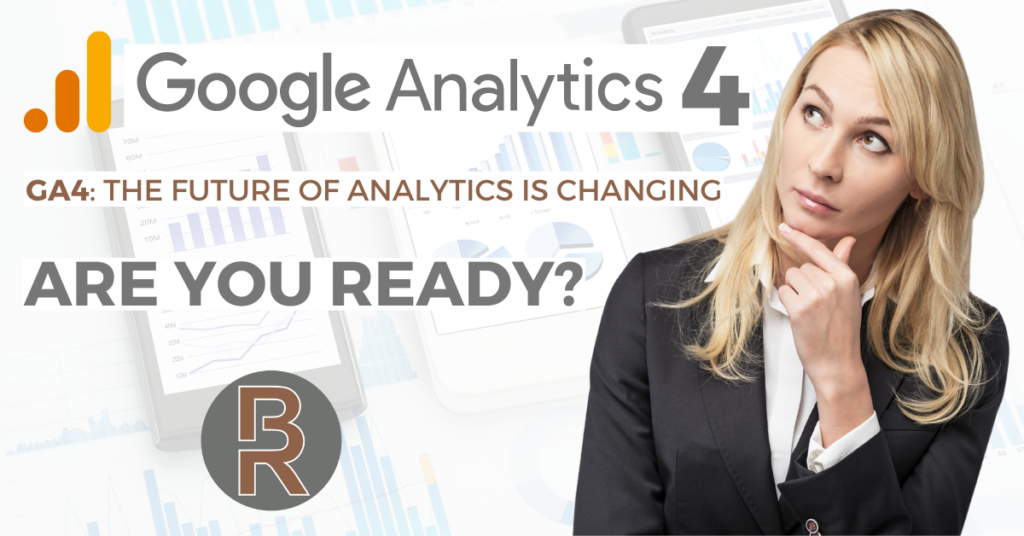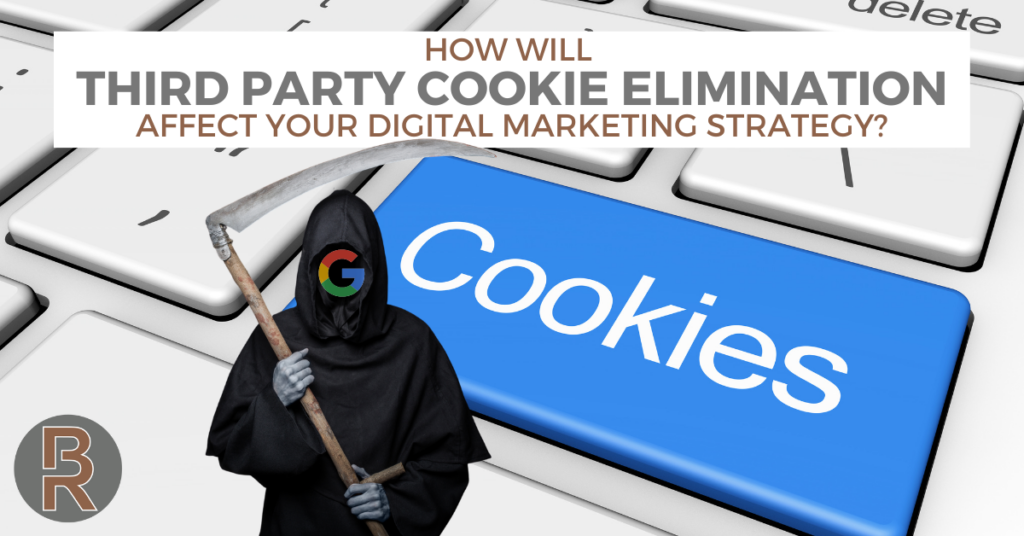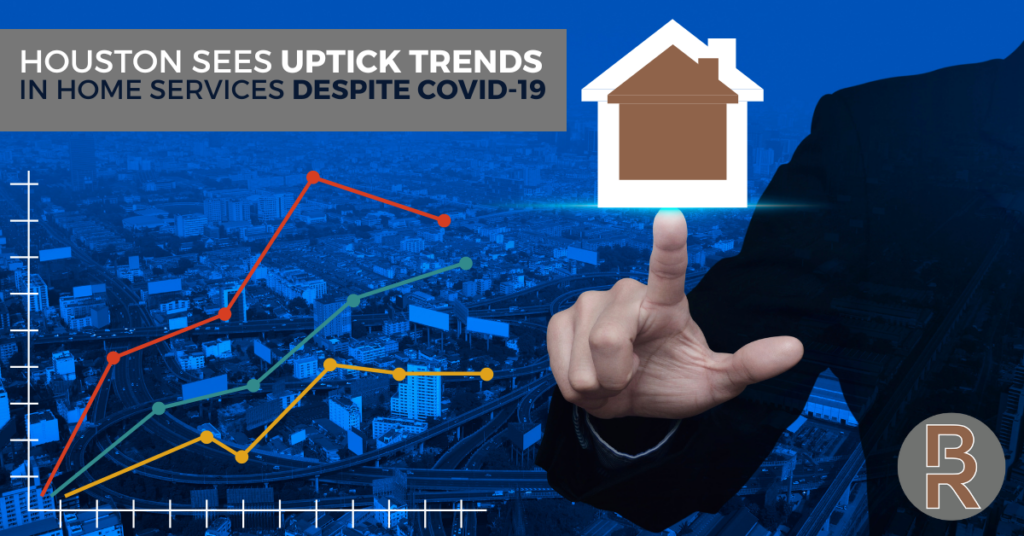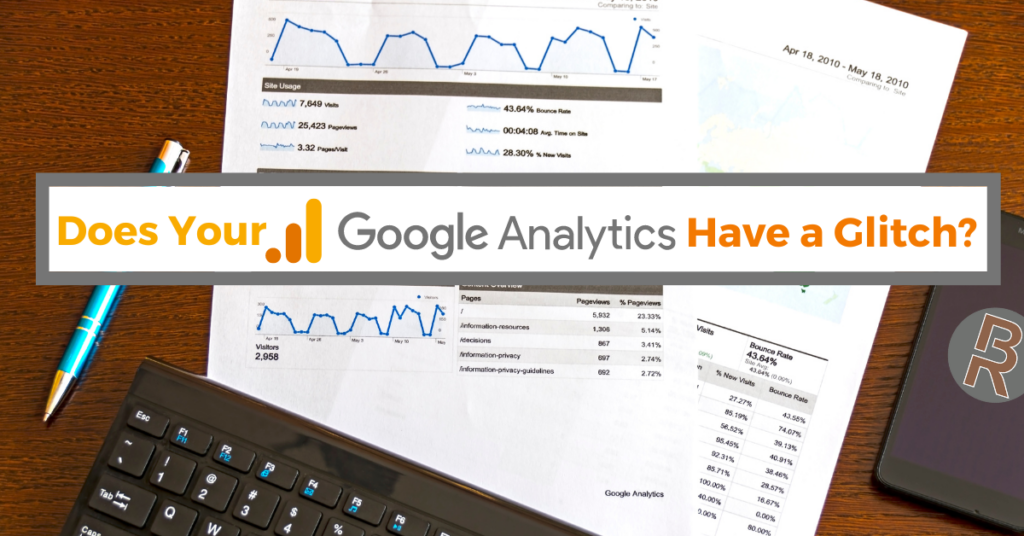Improve Campaign Performance with Conversion Rate Optimization
Talk to any business owner about their marketing goals and you will likely hear the same thing: they all want to increase their sales. The process to achieve this goal, however, can involve different actions depending upon your marketing strategy. You can spend a great deal of money on advertising to reach your target […]
Improve Campaign Performance with Conversion Rate Optimization Read More »

